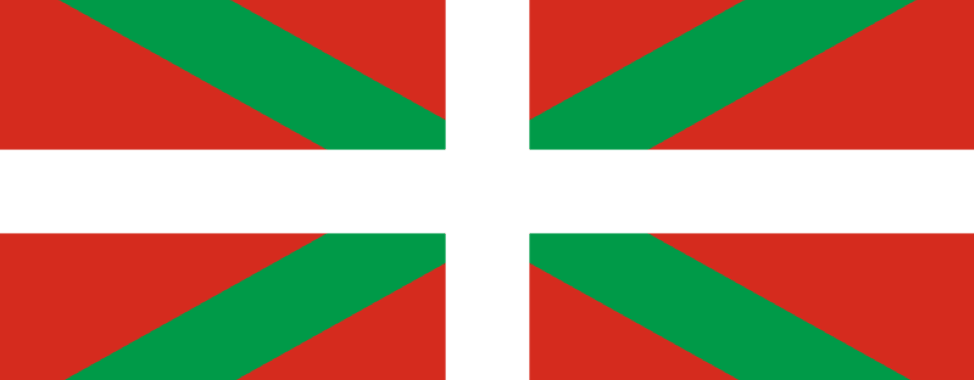Re-establishment of the Basque Autonomous Community (Comunidad Autonoma Vasca)


Historically, the Basque peoples had been autonomous for centuries. Self-government under the fueros system meant that, while subservient to the Spanish crown, they largely had self-government. Even after the full incorporation of their territory under Spanish dominion, they maintained special economic negotiations that kept them separate. In 1936, during the Spanish Civil War, the creation of a Basque government in northern Spain was tolerated by Republican forces in exchange for their support against General Franco. However, after a year of fighting, the Basques were defeated by the Fascists, and a period of significant oppression of Basque culture began as a result of this ‘betrayal’ of Francoist forces. As a result, forces such as the Basque government-in-exile as well as the ETA arose on different sides of the issue to advocate against their treatment.
After the downfall of the Francoist regime, the question of Basque autonomy hovered in the air as the nascent Basque labor movements grew in legitimacy and popularity within the region. The EAJ-PNV was allowed to participate in elections again. It is written in the 1978 Spanish Constitution in Section 2 that it is based on the unity of the Spanish state and all of its underlying states, but that it also guarantees self-government to the nationalities that reside within. It was on this framework that the right to self-government was granted: The Basque Country and Navarre were both granted status as autonomous regions. However, many Basque nationalists abstained from this and other referendums. Only around 31% of the Basque population supported this constitution, and many of these were the ones who did vote. 55% of the eligible population, on the other hand, abstained completely from the vote. Independence is a contentious issue as a result; not only do they contend with a significant population that does not want to break from Spain, but they also deal with a government that regards them as a strong economic region.
Image caption: This is the flag of the Basque Autonomous Community, adopted with the Statue of Autonomy in 1978. Designed by Luis and Sabino Arana, this flag has come to be representative of the Basque people. It is also called ‘the flag’, or ‘ikurriña’ (Woodworth page 35) in the Basque language. This sort of inward inflection is also present in their depiction of outsiders, having a single word that describes every other language: Erdera (foreign language). This sort of pride in possession occurs more than once, with words such as Euskaldun (lit. Those who have the Basque language, or Basque-speaking areas) or Euskal Herria (the land of the Basque speakers), according to Woodworth on pages 36 and 44, which combines multiple aspects of identity into words and phrases that define who the Basques are while setting them off from the rest.